Before installing home security cameras, it’s important to establish how many security cameras are needed. Then, you can work out where the best positions are.
The most popular places to install security cameras are indoors, around entrances, and in areas where valuables are kept.
Keep reading to learn where to install home security cameras and how to install them.
Where Should Outdoor Security Cameras Be Placed?
Many homeowners prefer to install security cameras around entrances if porch pirates are a problem or when preventing intruders is a priority.
Regardless of priorities, below are the most common places to install outdoor security cameras and why they are beneficial for homeowners.
1. Front Door and Porch
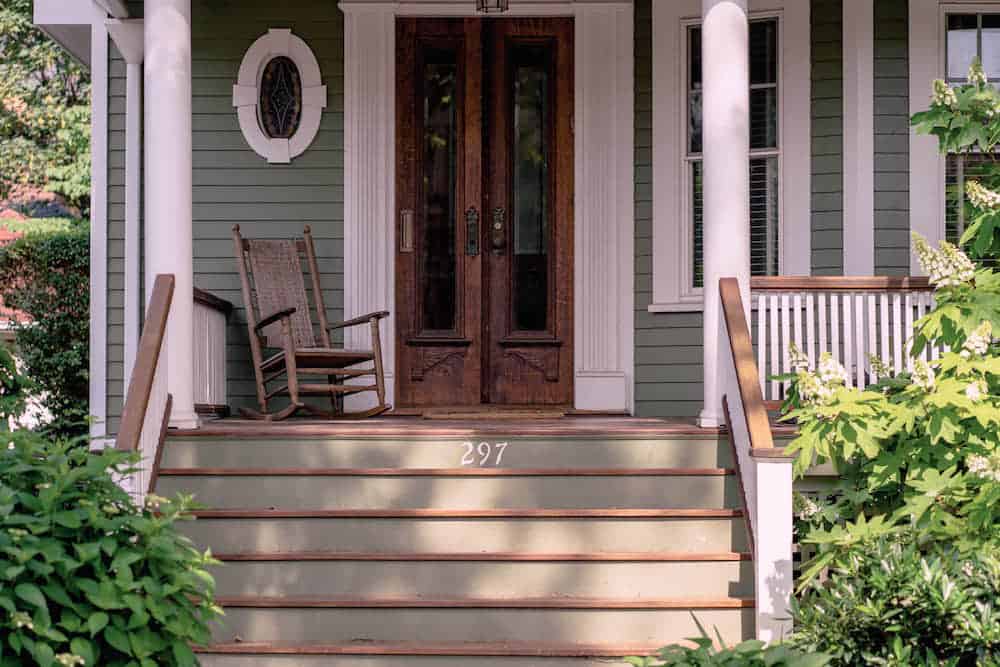
Since 34% of home burglaries in the US take place via the front door, installing a home security camera over the porch and entryway is an obvious choice.
Front door cameras may help deter intruders, provided the camera is visible. They can keep an eye on who is coming in and out of the property, so parents can monitor if kids have come home from school and look out for delivery packages even when absent.
2. Backdoor

Surprisingly, backdoor burglary entrances are about 12% less likely than front door ones. Back doors tend to be more out of sight than front doors and windows, making them an excellent place for intruders to enter undetected.
Add outside cameras between 2 and a half to 3 meters above the ground, or on the top of back doors. You can also install another camera pointing out towards the back yard, which is particularly helpful if there is a back gate or exposed fence that backs onto a busy street.
3. Garage
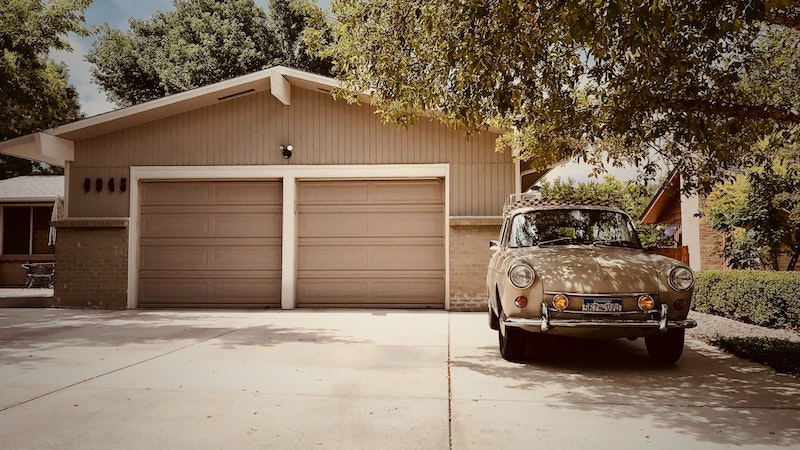
Garages are a key target for burglars. With the exception of reinforced or electric garages, garage doors tend to be old, vulnerable, and easy to break into. When a garage is attached to a property, it provides easy access to the rest of the house.
See AlfredCamera in Action.
Unattached garages are also a prime target for burglars. Power tools, cars, gym equipment, bikes, and other valuable appliances kept in garages are prone to theft. Protecting the garage with a security camera is one of the best ways to deter break-ins and keep possessions safe.
What AlfredCamera Users Think
Not everyone feels the same about just where the best place to put their devices is. Different folks, different strokes! That’s why we’ve asked our users to share how they are using AlfredCamera to improve security outside their homes.
The top three places AlfredCamera users place their devices are:
1. The front yard
2. The garden
3. The driveway
For inspiration on how to set up your device to maximize your home’s security, check out a range of different ideas in our Alfred’s 100 Poses photo album below.
Download now for iOS and Android devices, and start protecting your home with AlfredCamera today.

Where to Place Indoor Security Cameras
In the unfortunate event that an intruder does enter the property, be prepared with an in-home security camera positioned in the most vulnerable spots inside the home.
1. Main Stairway/Hallway

Having a security camera in the main stairway/hallway is a good idea if your valuables are kept upstairs. After all, about 81% of burglaries begin on the first floor.
With motion-sensor cameras, a notification will be sent to a mobile device when someone is detected going upstairs. This enables users to notify the police ASAP, and provides essential evidence for insurance purposes in the event of a theft.
Install the cameras in the corner of the hallway by the ceiling, as high as possible. Preferably, hallway cameras should be mounted more than 2.5 meters high to prevent them from being removed easily.
2. Above Large Windows

One estimate suggests that about 23% of entry-grains are through a ground-floor window. Regardless of how large or unusual the design of the home is, windows are always going to be the farthest point of any room, thereby providing a more advantageous vantage of the central areas of the property with optimum light.
Security cameras should be placed in view of the exterior of main windows and above them, allowing for a wide view of living rooms and kitchens.
Placement above windows makes it possible to ‘look down’ on the space, meaning there’s less need for multiple cameras in one room.
3. In Corners

Installing indoor cameras in the corners of ground floor rooms is also a great way to get the most out of a home surveillance camera.
By having an in-home security camera in the corner of a room, the camera has minimal blind spots, since it is positioned against a wall on all sides.
Not to mention, a corner is likely the darkest spot in a room, decreasing the chance of glare impacting the quality of the image.
Tips for Placing Security Cameras Inside The Home From AlfredCamera’s Users
A home’s a big place (or at least it can be), and no two houses are the same. We wanted to see what users thought about camera placement inside the home. So we asked!
The top three places AlfredCamera’s users place their devices are:
1. Living room
2. Bedroom
3. Front door
Learn more about how AlfredCamera can be used inside the home by checking out Alfred’s 100 Poses.
Where Not to Install Security Cameras
A truly effective home security system isn’t achieved by placing as many security cameras as possible. In fact, there are some locations that it might be wise to avoid entirely.
1. Where Glare is Significant
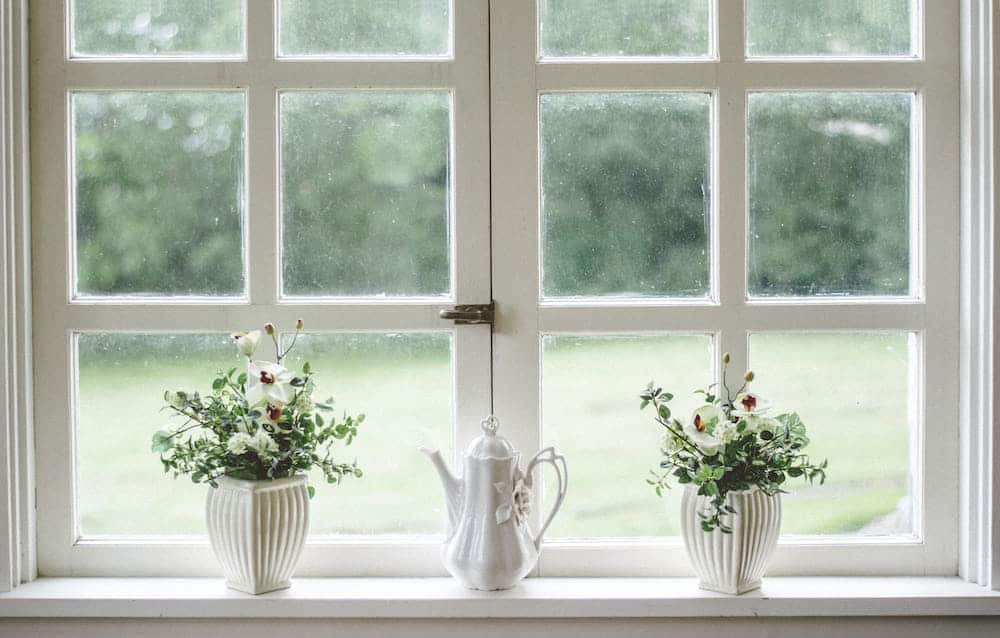
Pointing a security camera through a main window is a common way to observe vehicles in the driveway and front porches, but it can lead to reflection issues as external light shifts throughout the day and hits the glass at different angles. This is further impacted by internal light sources behind the camera being switched on and off.
This can degrade image quality and confuse motion detection capabilities, sometimes raising a false alarm. If it’s necessary to have a device pointed through a window, make sure to follow these tips:
- Press the lens directly against the glass, leaving no gaps.
- Remove objects between the lens and the target, including dirt on windows, which can cause the camera to shift focus and blur the background.
- Consider buying a polarizer, a relatively inexpensive filter peripheral that can be attached to a lens to reduce glare and fix contrast issues caused by bright light (this can be helpful if you live somewhere that regularly experiences sunny weather)
- Move reflective objects like mirrors around the room that may be causing bright spots to appear on the interior of the window
2. In Bathrooms
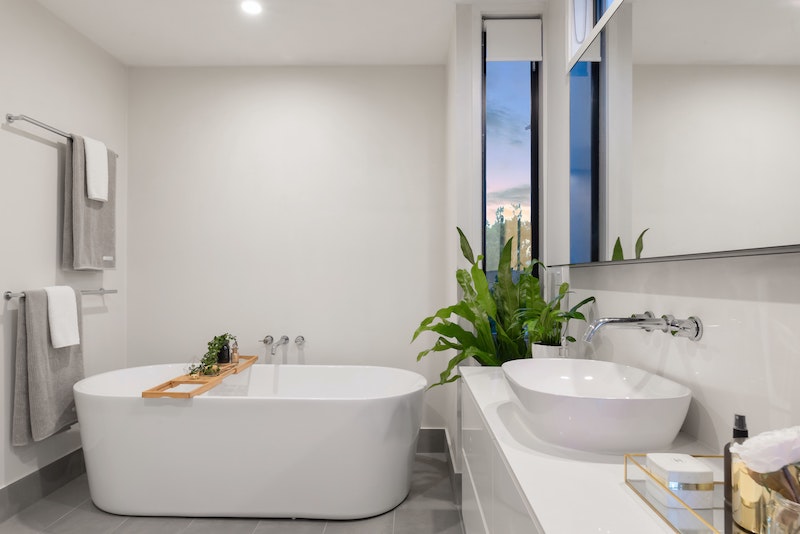
Having a camera in or near a bathroom violates the privacy of family members and visitors. Valuables are rarely, if ever, stored there, so monitoring it is essentially pointless.
Steam and humidity from showers or baths will impede a camera’s effectiveness. So, even if the camera is positioned to look out the window towards a front or back yard or is just outside the bathroom door, there’s a chance the steam could break the camera.
3. Over a Neighbor’s Property
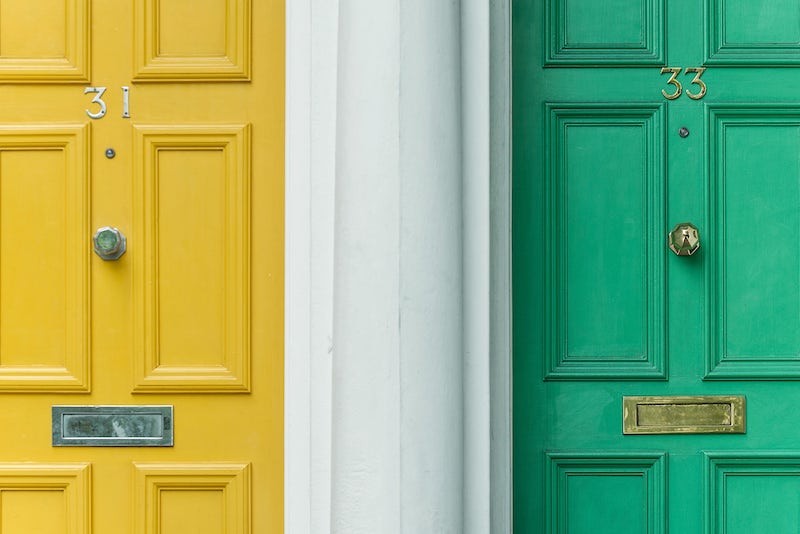
Can security cameras overlook a neighbor’s property? If there is a reasonable expectation of privacy that is being violated by the recording, the camera needs to be moved.
While it runs the risk of violating the neighbor’s privacy, recording public spaces isn’t illegal. But if the camera overlooks private areas of the neighbors’ property, like the bedrooms and bathrooms, then it would be violating privacy laws.
FAQ
What is the Angle of View of a Security Camera?
Every camera has a slightly different viewing angle. Most modern home security cameras have a field of view between 110 and 130 degrees. This includes popular options like Google Nest Cam, Wyze Cam v3, Ring Stick Up Cam, and AlfredCam.
Regardless of the type of camera, every home layout is different, so finding the best places needs careful consideration. What works for one property will not work for another.
Should Security Cameras Be Above or Below a Light?
Security cameras are best installed below a light fixture to ensure the surveillance footage is lit up and visible. However, be wary when installing a camera below a light.
If positioned incorrectly, the glare from the light can block the view of the front door entirely. Before installing a camera in a porch, test what the footage looks like at night with the light on by holding the camera in place.
Where Should I Place Security Cameras Outside a Garage?
To secure a garage and prevent burglaries, install a security camera above the garage door, either to the side of the garage or directly above the door in the center, pointed down. A motion activated light is a great way to illuminate the area outside the garage, deterring burglars and maximizing the effectiveness of a security camera. Place the light near the opposite end of the drive to maximize the lit space.
Where Should I Put Security Cameras in a Hallway?
Place the cameras several meters up the wall. Rather than ‘looking up’ at a vantage point, the camera should ‘look down’ so as to maximize the area it can record.The central thoroughfares inside the home are the areas likely to see most traffic, and therefore placing house cameras above the stairwell, looking down the stairs, into the hallway, and with a view of the back of the front door, is crucial.
Conclusion
There is no one-size-fits-all solution to home security camera placement. Every house is different.
But there are certainly threads of logic you can follow, and places commonly associated with the most advantageous positions for camera placement both inside and outside the home.
